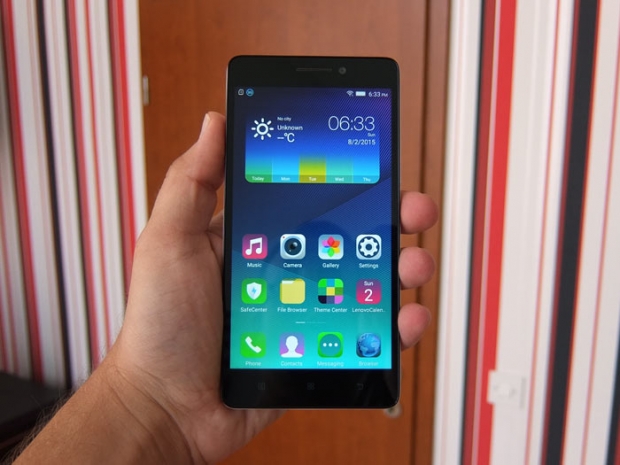Index
Audio, Display and Camera Quality
One of the headline features is the 1080p IPS panel, which is a big deal at this price point.
Most of the competition is still stuck at 720p, and at 5.5 inches the extra pixels make a big difference in many situations.
While the resolution is adequate, and amounts to just over 400ppi, display quality could have been better.
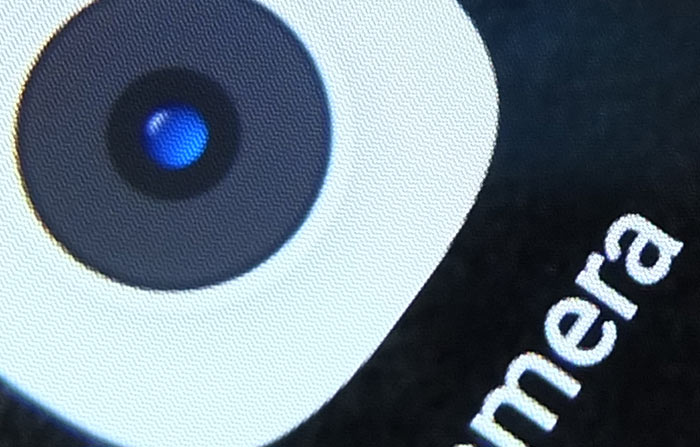
Lenovo is using some sort of IPS panel, but we noticed some washout at high viewing angles. That said, we must note that we were comparing the device to mid-range phones with similar displays. It’s understandable that Lenovo couldn’t go all out on the screen and get a top notch unit used on $500 phones, so we will give it a pass.
When all is said and done, you are probably better off with an average 1080p display than a 720p display with somewhat better viewing angles. Which would you choose?

In the audio department, Lenovo chose to implement some MaxxAudio solutions, so the phone comes with loads of EQ options and good audio output. The rear-firing speaker is above average, but it’s not spectacular. It is easily muffled when the phone is on your desk, but luckily you’ll have a hard time muffling it when it’s in your hand. Curiously, Lenovo sells another variant of the K3 Note in China, dubbed Angelic Voice. This strange phone comes with a different rear cover, which features a big, ceramic speaker.
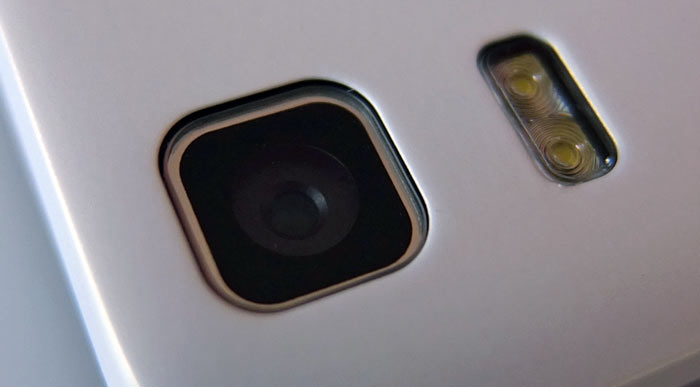
Now for the mystery camera. While we could make an educated guess about the origin of the sensor, we are simply not sure. It is probably an OmniVision or Samsung unit, but it might as well be a Sony. All three companies have similar 13-megapixel sensors and we’re just not sure. Another possibility is that Lenovo maybe shipping the phone with sensors from different manufacturers – we simply don’t know.
In any case, most end-users couldn’t care less about this stuff, they just want their snaps to look good, so let’s turn to image quality. We are happy to report that it’s good, possibly the best we’ve seen on such a cheap device. The relatively fast f2.0 lens definitely helps, HDR is good, but just in case there’s not enough light, the phone also packs a powerful dual-LED flash.
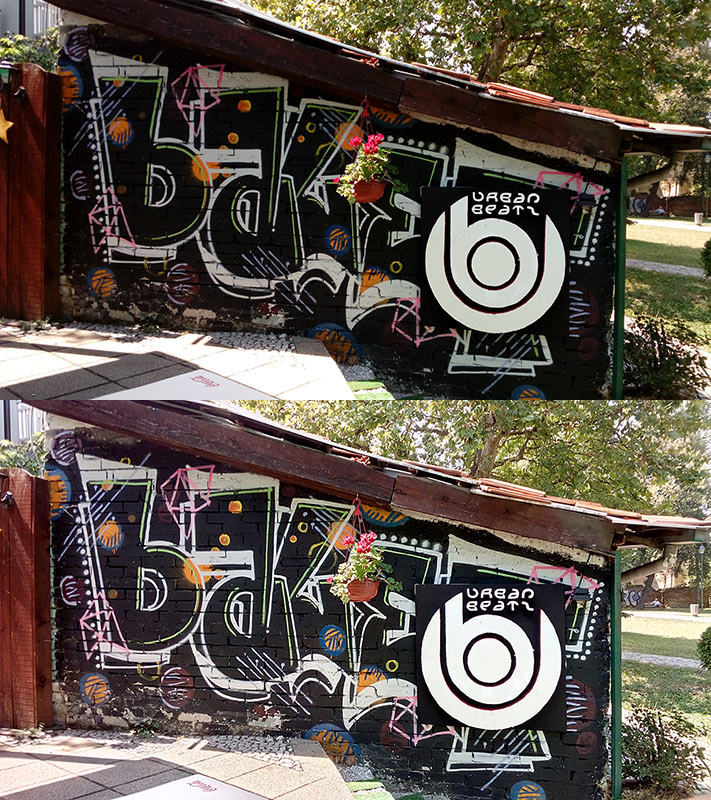
We were pleased with outdoor results, although some images tended to be under-exposed. HDR also works quite well, preserving a lot of detail and maintaining enough contrast even in some very tricky situations (black graffiti on a sunny day).
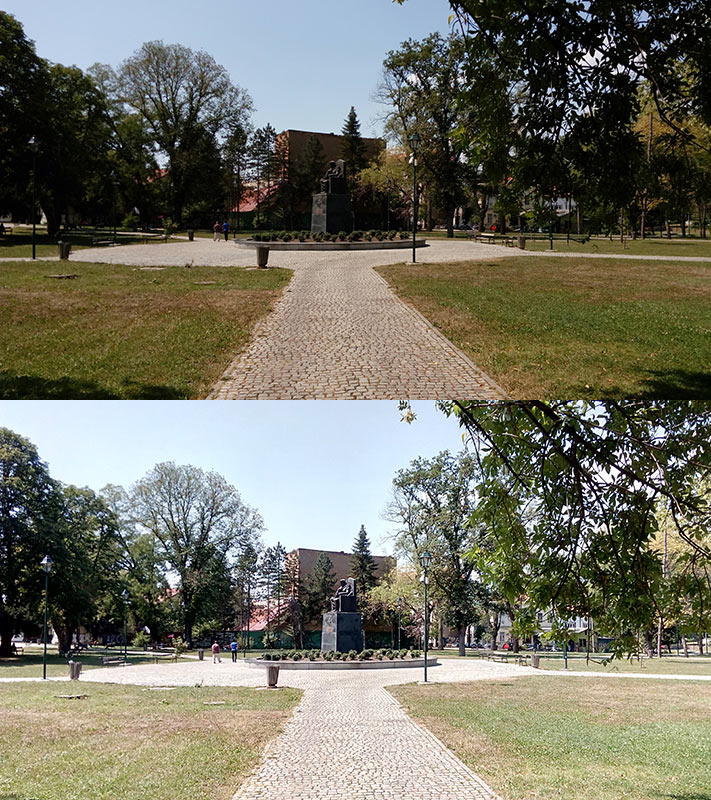
There is a bit of HDR ghosting, but not much, as our 100% crop proves. Overall, HDR works quite a bit better than on most budget phones, although it does kill a bit of detail and you end up with a slight watercolour effect.

Indoor shots were just as good. In daylight, there’s practically no noise and the camera focuses with ease. It's a bit on the soft side.
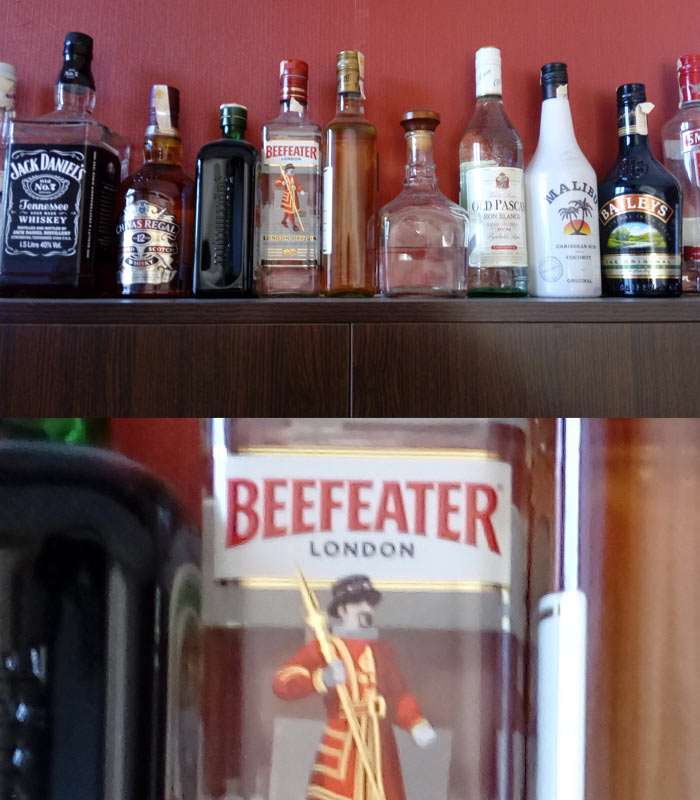
What about some indoor night shots? Our “cafeteria” under incandescent lighting (no flash) still looks good, with low amounts of noise and a lot of detail. However, default Auto settings will often produce an under-exposed image. No big deal, this can be tweaked, but it could have been better.

Lenovo’s camera app was another pleasant surprise. You can access loads of useful and gimmicky options, the UI is clean and straightforward, and it works well.
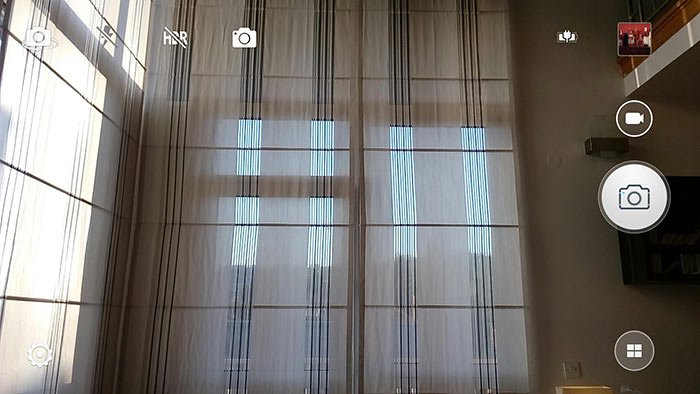
The only annoying bit is that swiping left won’t bring up the review window. Lenovo still does it the old school way, with a small gallery frame in the upper right corner of the app. The camera can also be accessed from the lock screen, using the “V” gesture.
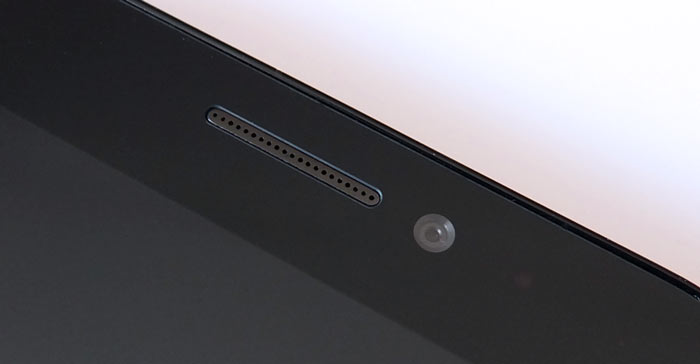
The 5-megapixel front-facing camera is merely average, but the main camera is quite good. You’ll get comparable image quality on most $200-$250 devices, no question about that.

